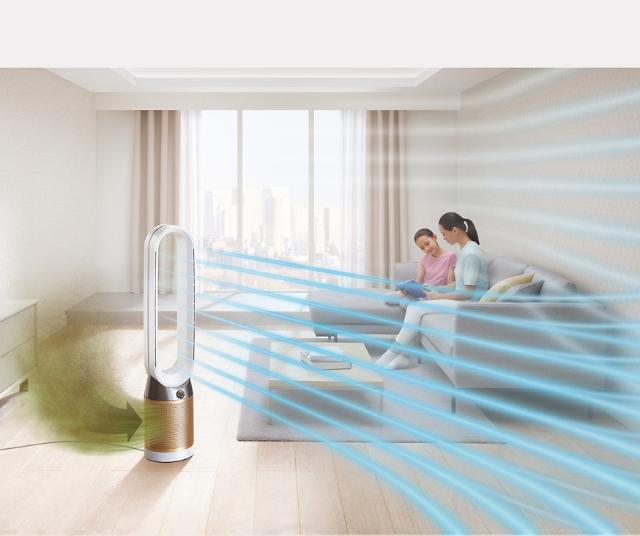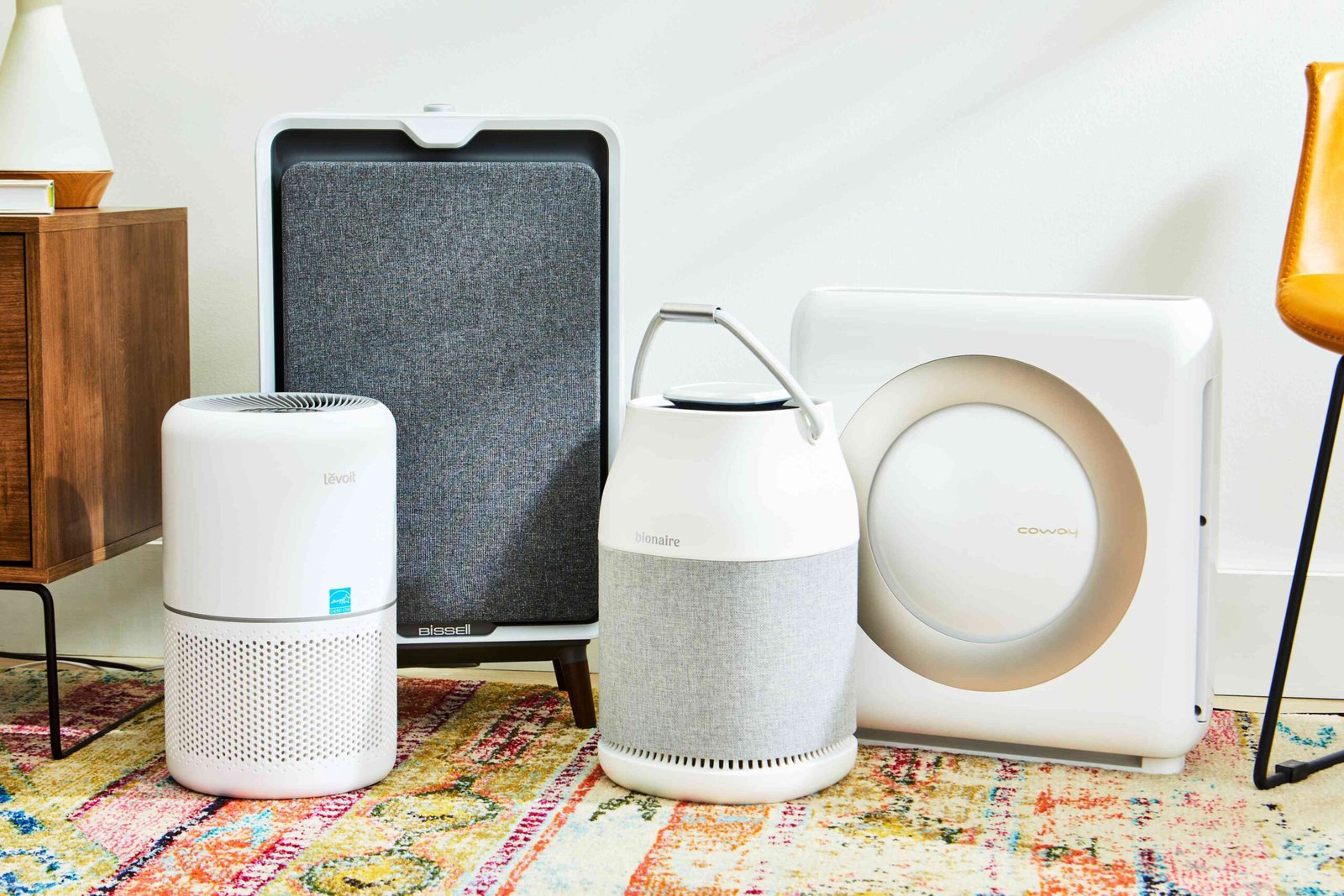Air purifiers can greatly help those with dust allergies. They clean the air, reducing allergens.
Dust allergies cause many problems, like sneezing and itchy eyes. It can be hard to stay comfortable at home. Air purifiers remove dust particles from the air, making it easier to breathe. They also lessen allergy symptoms and improve overall health.
For people with dust allergies, this can mean fewer doctor visits and less medication. Understanding how air purifiers work and their benefits can help you decide if they are right for your home. In this blog, we will explore the many advantages of using air purifiers for dust allergies. You will discover how they can change your life for the better.
Introduction To Dust Allergies
Dust allergies are a common issue for many people. Dust can be found almost everywhere. It contains tiny particles that can cause allergic reactions. For people with dust allergies, it is crucial to understand the symptoms and triggers.
Common Symptoms
Dust allergies can cause various symptoms. Here are the most common ones:
- Itchy eyes
- Sneezing
- Runny nose
- Coughing
- Wheezing
- Shortness of breath
These symptoms can range from mild to severe. They can significantly impact daily life.
Causes And Triggers
Several factors can trigger dust allergies. The main culprits include:
| Trigger | Description |
|---|---|
| Dust mites | Microscopic organisms that live in dust and feed on dead skin cells. |
| Pollen | Fine particles from plants that can mix with dust. |
| Pet dander | Tiny flakes of skin shed by cats, dogs, and other animals. |
| Mold | Fungi that can grow in damp, dusty areas. |
These triggers can be found in homes, workplaces, and public spaces. They can worsen symptoms for people with dust allergies.
How Air Purifiers Work
Air purifiers are essential for people with dust allergies. They help to clean the air, making it easier to breathe. But how do these devices work? Understanding their operation can help you choose the right one for your needs.
Filtration Mechanism
Most air purifiers use a filtration mechanism. They pull in air and filter out dust particles. The most common filter is the HEPA filter. This filter traps tiny particles that are as small as 0.3 microns. This includes dust, pollen, and pet dander. Some purifiers also use activated carbon filters. These filters remove odors and chemicals from the air.
Types Of Air Purifiers
There are different types of air purifiers. Each type uses a different method to clean the air. HEPA air purifiers are the most common. They are great for removing dust and allergens. UV air purifiers use ultraviolet light to kill germs and bacteria. Ionizers release ions that attach to particles, causing them to fall out of the air. Ozone generators produce ozone to clean the air, but they are not recommended for people with respiratory issues.
Choosing The Right Air Purifier
Air purifiers help people with dust allergies by removing airborne particles. Cleaner air reduces allergy symptoms and promotes better health. Choose the right air purifier to ensure effective relief.
Choosing the right air purifier can significantly improve the quality of life for people with dust allergies. With so many options available, it can be difficult to know which one to choose. This section will help you understand the key features to look for in an air purifier.Hepa Filters
HEPA filters are essential for people with dust allergies. These filters capture tiny particles that other filters might miss. HEPA filters can trap dust, pollen, and pet dander. They remove 99.97% of particles that are 0.3 microns in size. This makes the air cleaner and safer to breathe.Additional Features
Look for air purifiers with additional features like an air quality sensor. This sensor monitors the air and adjusts the purifier’s speed. Some purifiers also have a timer feature, which allows you to set it to run at specific times. Another useful feature is a filter change indicator. This tells you when the filter needs to be replaced. These features make the air purifier more efficient and user-friendly.
Credit: www.amazon.com
Benefits For Allergy Sufferers
Air purifiers help people with dust allergies by removing dust particles from the air. This leads to fewer allergy symptoms and a cleaner living environment.
Air purifiers can be life-changing for people with dust allergies. They remove tiny particles from the air, creating a cleaner environment. This results in several key benefits that improve daily life.Reduction In Allergy Symptoms
Air purifiers help reduce allergy symptoms. They filter out dust mites, pet dander, and pollen. These particles trigger allergic reactions. With fewer allergens in the air, people experience less sneezing, itching, and congestion. Many find relief from their persistent symptoms. This makes daily life more comfortable and enjoyable.Improved Sleep Quality
Better air quality leads to improved sleep quality. Dust allergies often cause nighttime discomfort. Coughing, sneezing, and a stuffy nose disrupt sleep. Air purifiers remove these irritants from the bedroom air. This creates a cleaner, healthier space for rest. Allergy sufferers wake up feeling refreshed and well-rested. “`Placement And Maintenance
Proper placement and maintenance are key to getting the most from your air purifier. Knowing where to place the unit and how to maintain it ensures it works efficiently, providing clean air and relief from dust allergies.
Optimal Placement
Where you place your air purifier affects its performance. Follow these tips for optimal placement:
- Position it in the room where you spend the most time, such as the bedroom or living room.
- Ensure it is at least a few feet away from walls and furniture. This allows for better air circulation.
- Place it near the source of the dust, like a window or door.
- Avoid placing it in corners or behind objects, as this can restrict airflow.
Regular Cleaning
Regular cleaning of your air purifier is essential to keep it functioning well. Here are some steps:
- Turn off and unplug the unit before cleaning.
- Wipe the exterior with a damp cloth to remove dust.
- Check and clean the filters according to the manufacturer’s instructions.
- Replace filters as recommended to ensure optimal performance.
- Inspect for any signs of wear and tear, and address them promptly.
Maintaining your air purifier ensures it continues to provide clean air, reducing dust and allergens in your home.
:max_bytes(150000):strip_icc()/air-purifier-GettyImages-1434056208-d3303a1e58904bc99bacb1f51819529f.jpg)
Credit: www.verywellhealth.com
Additional Tips For Managing Dust Allergies
Managing dust allergies requires more than just using air purifiers. Incorporating additional strategies can further reduce allergy symptoms and improve your quality of life. Below are some practical tips to help you manage dust allergies effectively.
Regular Cleaning Routines
Maintaining a clean environment is crucial for those with dust allergies. Vacuum your home at least twice a week. Use a vacuum cleaner with a HEPA filter to trap dust particles. Dust surfaces with a damp cloth instead of a dry one. This prevents dust from becoming airborne. Launder bedding, curtains, and rugs regularly. Wash them in hot water to kill dust mites.
Using Protective Bedding
Invest in allergen-proof covers for your mattress and pillows. These covers help prevent dust mites from settling in your bedding. Choose hypoallergenic pillows and mattresses. They are less likely to harbor dust mites. Wash your bedding weekly in hot water. Hot water eliminates dust mites effectively. Avoid heavy, thick bedding that can trap dust.
Potential Limitations
Air purifiers are a great tool for reducing dust allergens in your home. They come with many benefits. But they also have some limitations. It’s important to know these before you decide to buy one.
Coverage Area
Not all air purifiers are created equal. Some models only cover small rooms. Others can handle larger spaces. Before buying, check the coverage area of the unit. This is often listed in square feet.
If you have a large home, you may need multiple units. Alternatively, you could choose a more powerful model. A small unit in a big room won’t be effective. Positioning matters too. Place the unit where you spend most of your time. Make sure the air can flow freely around it.
Cost Considerations
Air purifiers come in a wide range of prices. Basic models may be affordable. But high-end units can be quite expensive. Think about your budget before making a purchase.
There are also ongoing costs to consider. Filters need to be replaced regularly. This can add up over time. Check the price of replacement filters before buying. Some models use washable filters. These can save you money in the long run. But they may not be as effective as replaceable filters.
Energy consumption is another factor. More powerful units use more electricity. Look for models with an energy-efficient rating. This can save you money on your electric bill.
| Type | Initial Cost | Filter Replacement Cost | Energy Consumption |
|---|---|---|---|
| Basic Model | Low | Low | Low |
| Mid-Range Model | Moderate | Moderate | Moderate |
| High-End Model | High | High | High |

Credit: www.dyson.com
Frequently Asked Questions
How Do Air Purifiers Help With Dust Allergies?
Air purifiers remove dust particles from the air. They use HEPA filters to trap allergens. This reduces symptoms for allergy sufferers.
Can Air Purifiers Reduce Dust In My Home?
Yes, air purifiers can reduce dust levels. They capture airborne particles, keeping your home cleaner. This helps minimize dust accumulation.
Are Air Purifiers Effective For Allergy Relief?
Air purifiers are effective for allergy relief. They filter out allergens like dust and pollen. This helps reduce allergic reactions.
What Features Should I Look For In An Air Purifier?
Look for HEPA filters in air purifiers. HEPA filters are effective at trapping dust. Also, consider noise levels and room size compatibility.
Conclusion
Breathing clean air is crucial for health. Air purifiers can help reduce dust. They make your home a safer place, especially for allergy sufferers. Cleaner air means fewer symptoms and better sleep. Investing in an air purifier offers peace of mind.
You can breathe easier, knowing your environment is healthier. Small changes can make a big difference in your well-being. Try an air purifier and see the benefits for yourself. Your health matters.
Rakib Sarwar is a Registered Pharmacist and a reputed health and wellness blogger. He has a great interest in Air purifiers.
